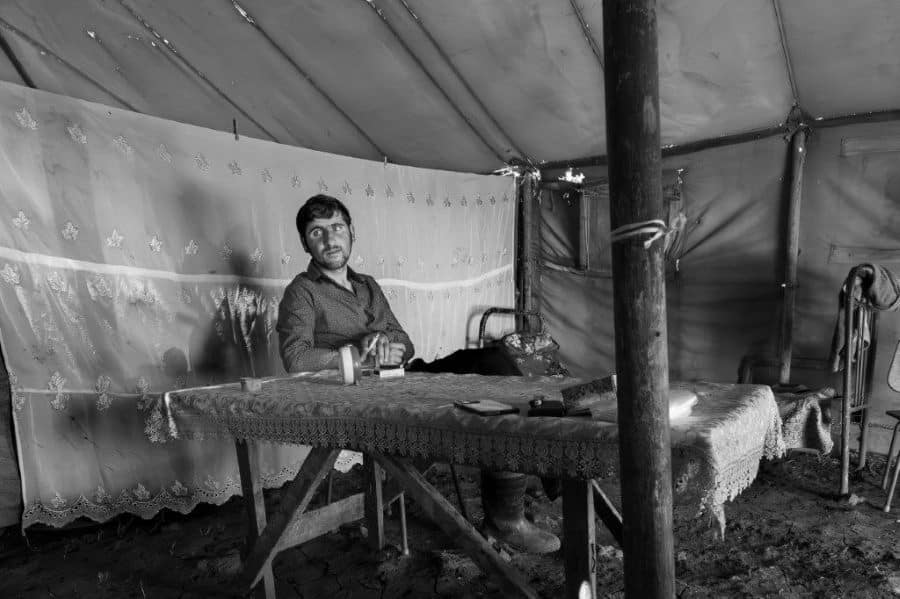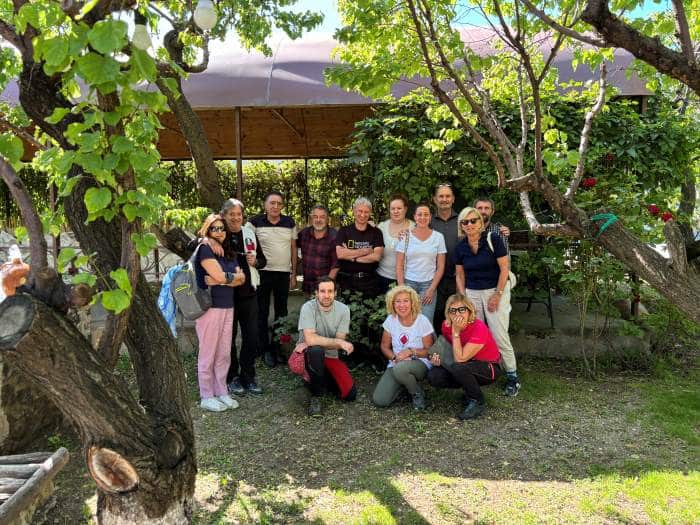
Photographers are known for their unique perspectives, often viewing the world from different angles. Thus, organizing the Armenia photography tour is a real challenge as it has to feature all aspects of the country for professionals who notice every detail.
Levon Travel Agency has recently organized a unique photography tour in collaboration with Namaa Photography. The tour having an “Armenia – Poetry of Colors” theme was organized for a group of Italian photographers eager to capture the essence of Armenia.
Our goal was to extend beyond the typical tourist attractions. Participants explored not only the historical sites but also the daily lives of the Armenian people. It included such activities as visiting Yazidi villages or learning traditional crafts such as duduk and khachkar making.
We focused on the opportunity to document Armenia’s authentic colors, capturing the essence of Armenian people, unique crafts, and the atmosphere of daily village life.
This blog will explore the unusual sides of Armenia that our Italian guests managed to capture during their Armenia photography tour.
Focus on Yerevan
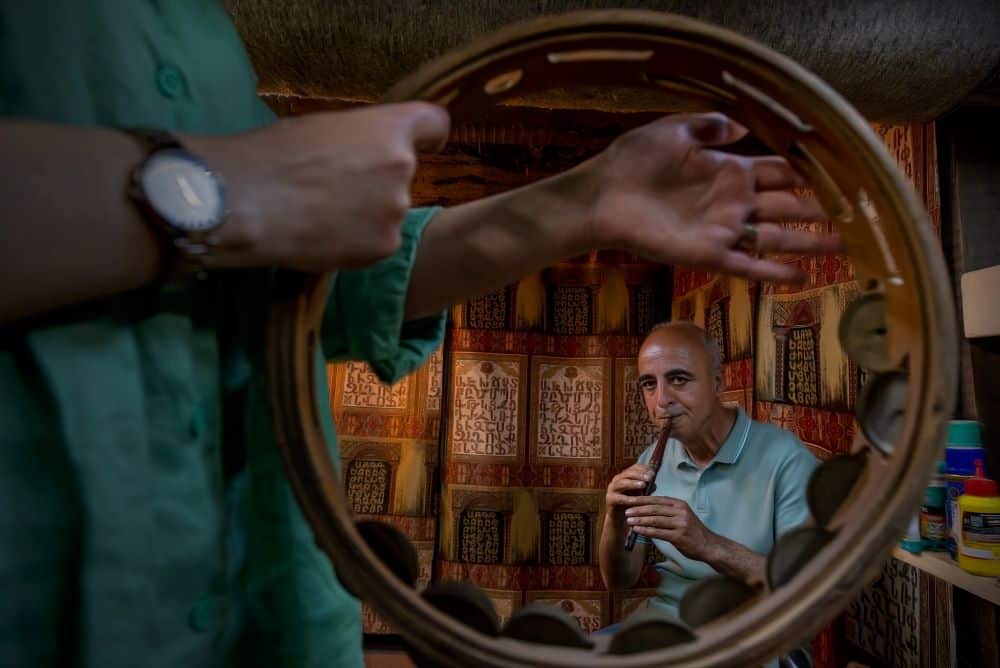
The usual trip to Yerevan starts with touring downtown and visiting Cascade, Northern Avenue, or Republic Square. Of course, these sites were also a part of our journey, especially Cascade with its collection of pieces by contemporary sculptors such as Fernando Botero and Barry Flanagan. However, the Armenian people and their unusual occupations were the focus of our tour of Yerevan.
Our journey started with inspecting a salt mine and learning how duduk is made. Armenian national woodwind instrument, the duduk is a symbol of Armenia. It’s made of apricot mood and has a rich history spanning more than 1,000 years. Our guests visited the studio of the duduk maker and learned more about this amazing instrument.
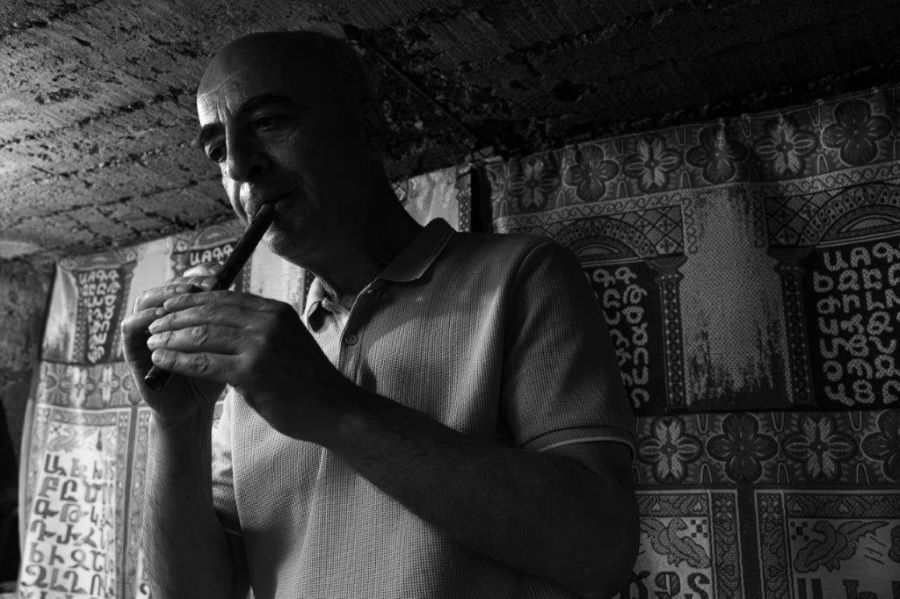
The next was Vernissage – the famous open-air market for art, handicrafts, and souvenirs. Here one can find the best examples of Armenian folk art, unique jewelry, old carpets, and exclusive handmade masterpieces.
We also explored the hidden sights of the city heading to Kond, the oldest district in Yerevan.
Traditional Garni and Geghard Trip
There is no doubt that Geghard Monastery and Garni are the most-visited sites by tourists. First of all, Geghard Monastery is a unique place in terms of its architecture and natural surroundings. Partially carved into the rock its buildings date back to the 10th century and cannot leave anyone indifferent.
Meanwhile, the pagan temple of Garni is the only Hellenistic construction in the region which used to serve as a summer residence of the kings once Armenia adopted Christianity as a state religion. Besides, it stands on the edge of a stunning gorge with Symphony of Stones, a natural monument in the form of straight pipes.
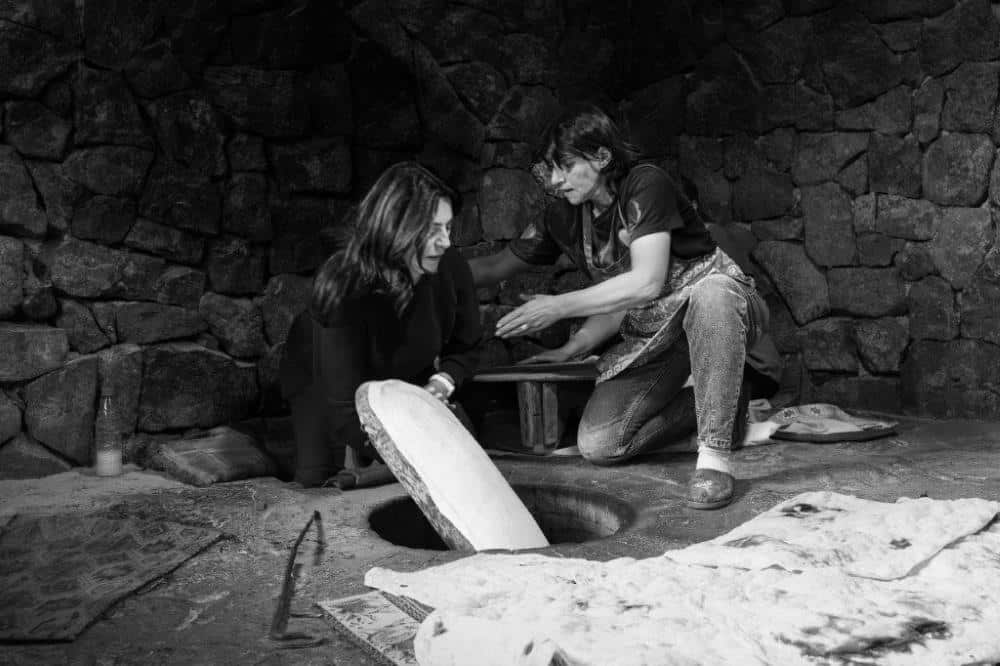
During the trip, our guests managed to watch lavash making and taste traditional Armenian barbecue in a rural setting. The last spot was a drive to the Azat Reservoir with its Martian-like landscapes.
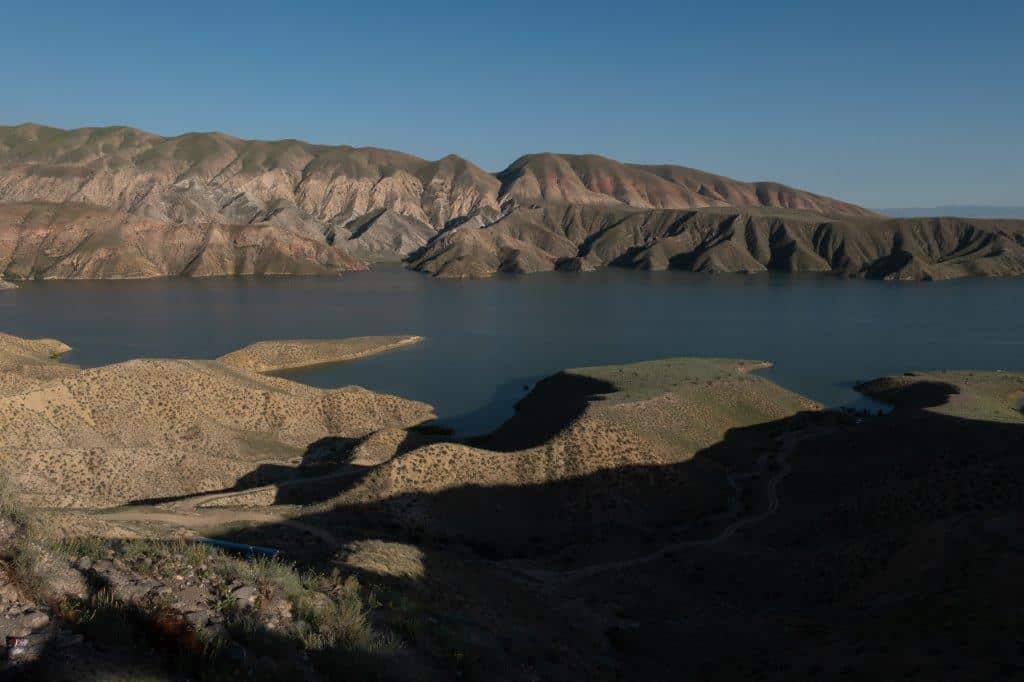
Khor Virap and Noravank Monasteries
This day brought a tour of two Armenian monasteries showcasing the country’s Christian history. The first is Khor Virap, the monastery where St. Gregory the Illuminator was imprisoned and where professional photographers managed to capture the views of Ararat from the nearest possible spot in Armenia.
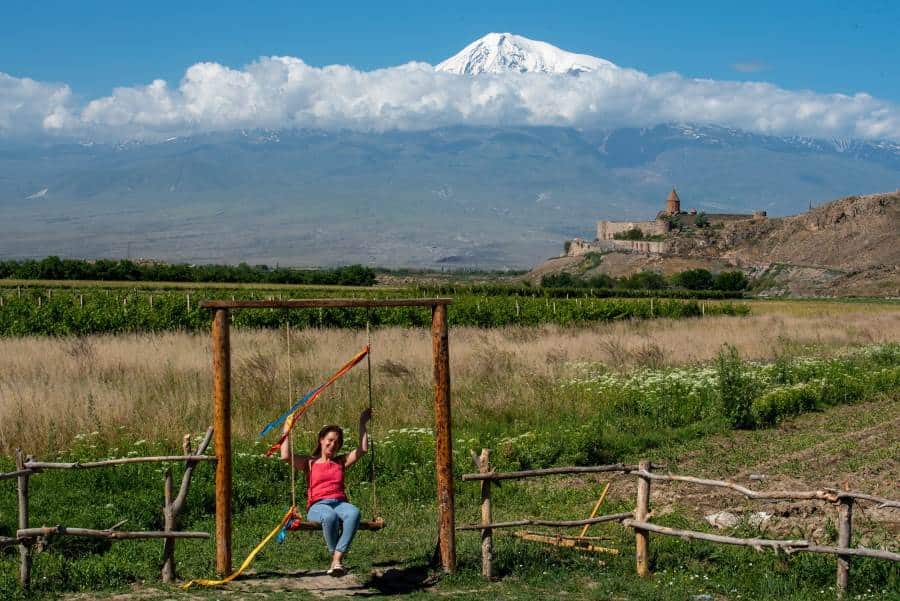
Later we proceeded to the monastic complex of Noravank, the 13th-century monastery with stunning views of a picturesque gorge making it a photographer’s paradise.
In Areni village, known for its ancient winemaking traditions, we enjoyed a wine-tasting experience while photographing the picturesque vineyards.
Heading to Sevan and Dilijan
After enjoying the breathtaking architectural marvels, we headed to the north via the highway connecting Vayots Dzor and Gegharkunik provinces. This was the main trade route passing through Armenia for many centuries with numerous caravans carrying goods from the east to the west. The evidence of its rich history is a caravanserai built by the order of Prince Chesar Orbelian in 1332 as a place to accommodate travelers and caravans.
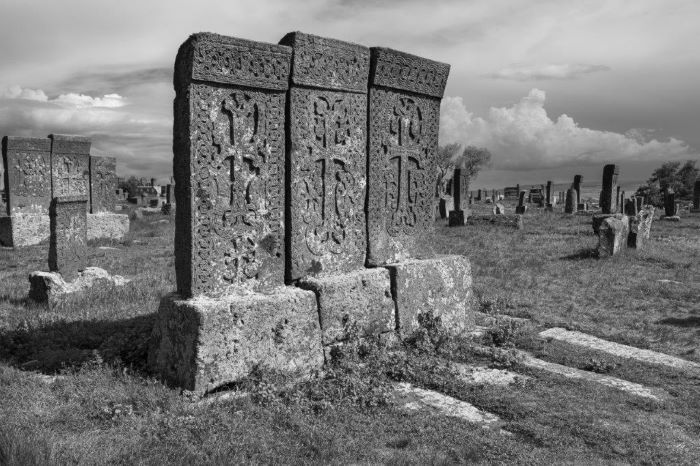
We continued to Lake Sevan and stopped at Noratus Cemetery, home to the largest collection of khachkars in the world. These intricately carved stone monuments with the oldest one dating back to the 9th century display unique designs. This is an inseparable part of Armenia’s rich religious and artistic heritage, and hundreds of khachkars are scattered around the country.
The day ended in the resort town of Dilijan located amid the national reserve. It’s popular for its green landscapes, mineral water springs, and churches hidden in the lush forests.
Adding More Colors to Armenia Photography Tour
The next day started heading to Vanadzor where we checked out a master carver’s workshop. The Italian guests captured the old tradition of khachkar making.
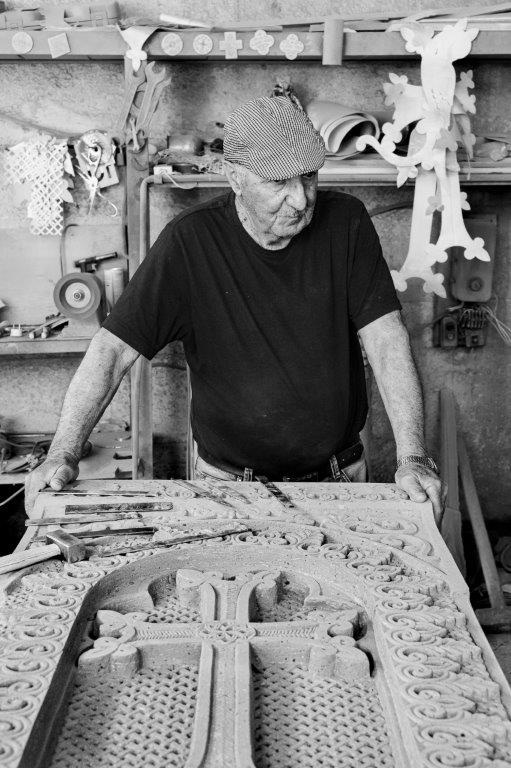
Gyumri was only one one-hour drive away. Armenia’s second-largest city bursts with energy and emotion despite its dramatic history. It’s a place where you can take outstanding photos on the background of its walls made of black tuff.
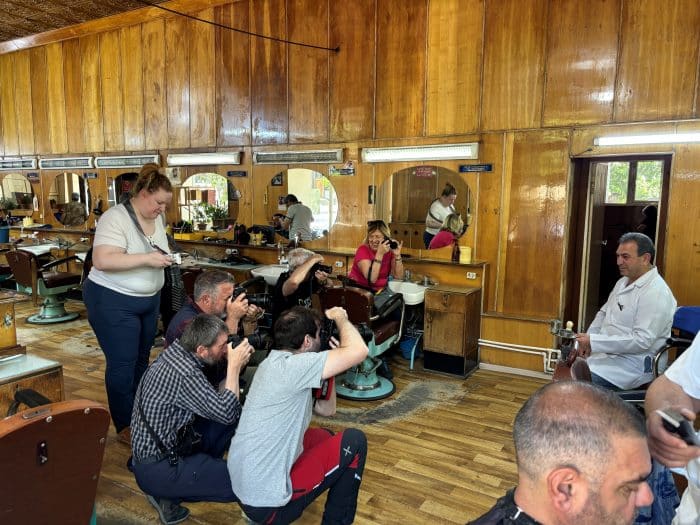
Our group also dropped by an ironworks artisan’s workshop. This city is truly a place offering rich experiences at every turn.
Mt. Aragats and Yazidi Villages in Armenia
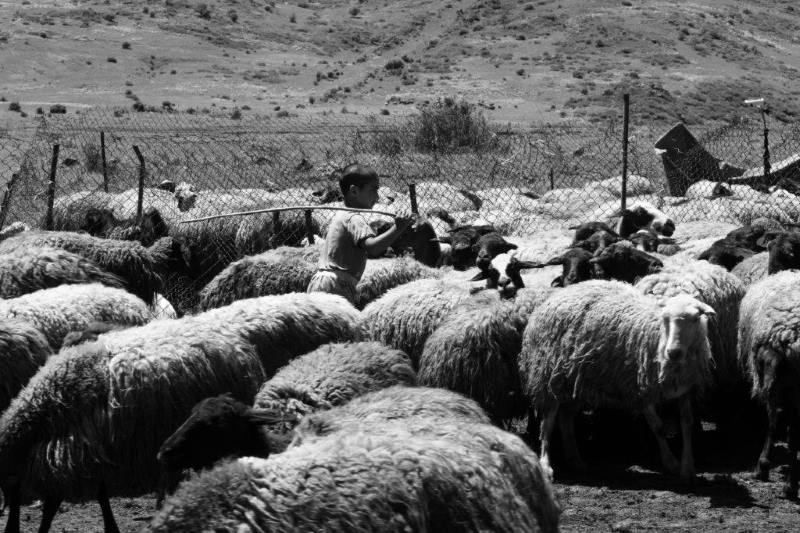
The last spot of the tour was Armenia’s highest peak — Mount Aragats. One of the unusual activities not often included in tours was a visit to the villages of Yazidis, Armenia’s largest ethnic minority.
The Yazidis, who fled persecution by the Ottoman Empire, found a sanctuary in Armenia in the 20th century. Around 30 thousand Yazidis live in different provinces of Armenia preserving their unique culture and traditions. There are also several religious temples, including the world’s largest Yazidi temple, Quba Mere Diwane in Ararat province.
The photographers captured the daily life of Yazidi villagers and shepherds.
